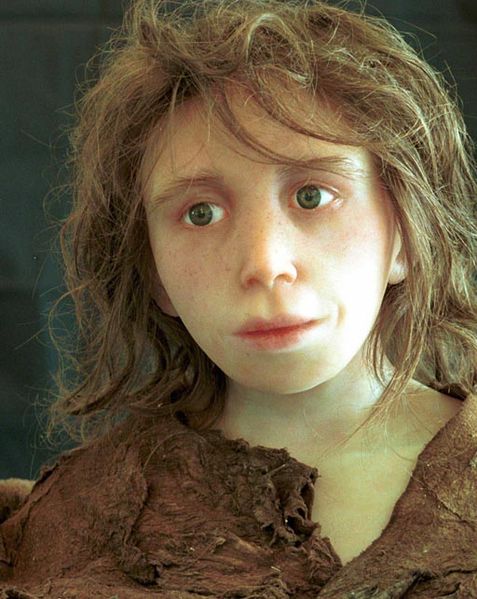The Max Planck Institute for Evolutionary Anthropology in Leipzig, Germany presented the world with a draft of the Neanderthal genome sequence.

Some 200,000 years ago, our ancestors evolved in East Africa. They spread throughout the rest of the continent and then moved out into Asia and Europe. As they journeyed along coastlines and over mountains, they encountered Neanderthals and other human relatives. Interbreeding was a major feature of human evolution. Billions of people carry sizable chunks of DNA from Neanderthals and other archaic human relatives. Some of those genes may play important roles in our health today.

Sources: How Neanderthal Are You?, Interbreeding With Neanderthals
Joachim Neander (1650 – 31 May 1680) was born in Bremen, the son of a Latin teacher. His grandfather, a musician, had changed the family name from the original Neumann (‘New man’ in English) to the Greek form Neander following the fashion of the time. His most famous hymn is Praise to the Lord, the Almighty, the King of Creation (German: Lobe den Herren, den mächtigen König der Ehren).
In 1671 he became a private tutor in Heidelberg, and in 1674 he became a teacher in a Latin school in Düsseldorf. While living there, he liked to go to the nearby valley of the Düssel river, nature being the inspiration for his poems. The Neandertal (German thal for valley, modernized to tal) was renamed in his honor in the early 19th century, and became famous in 1856 when the remains of the Neanderthal Man (Homo neanderthalensis) were found there.
The name Homo neanderthalensis, “Neanderthal man” was first proposed by the Anglo-Irish geologist William King in 1864.